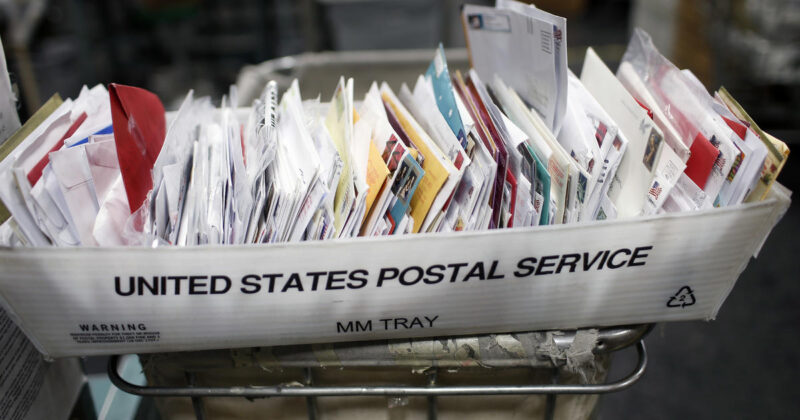Introduction
In today’s digital age, scams and fraudulent activities have become increasingly sophisticated. One such scam that has been making the rounds is the USPS scam email, often involving spam USPS tracking numbers. This article will delve into the details of us9514901185421 USPS Scam Email and spam usps tracking number, providing you with insights on how to spot it, protect yourself from falling victim, and stay safe in the vast online landscape.
Understanding the USPS Scam
-
What is the USPS Scam?
The USPS scam is a fraudulent email scheme that masquerades as an official communication from the United States Postal Service (USPS). Scammers use clever tactics to lure unsuspecting victims into their traps. They often send emails with USPS logos, claiming issues with a package or delivery.
The Anatomy of a USPS Scam Email
-
Subject Lines
Scam emails typically employ enticing subject lines like “Urgent USPS Delivery Issue” or “Important Package Notification.” These are designed to pique your curiosity and prompt you to open the email.
-
Bogus Tracking Numbers
The heart of the scam lies in the fake USPS tracking numbers. Scammers provide you with a seemingly legitimate tracking code that supposedly corresponds to a package en route to your address. However, it’s all smoke and mirrors.
-
Urgent Calls to Action
To add urgency, these scam emails often include messages like “Your package will be returned if not resolved within 24 hours” or “Click here to verify your delivery address.” These scare tactics pressure recipients into taking immediate action.
How to Identify a USPS Scam Email
-
Be Cautious with Email Addresses
Genuine USPS emails typically come from “@usps.com” addresses. If you receive an email from a different domain, be wary.
-
Analyze the Language
Scam emails often contain grammatical errors, misspellings, or awkward phrasing. Legitimate organizations maintain professional communication standards.
-
Hover Over Links
Hover your cursor over any embedded links without clicking. Check if the URL matches the official USPS website. Do not click on suspicious links.
-
Verify the Tracking Number
Use the official USPS website to verify the tracking number provided in the email. Scammers’ tracking numbers won’t yield any legitimate results.
Protecting Yourself from USPS Scams
- Install Antivirus Software
Having reliable antivirus software can help detect and block phishing attempts and malicious attachments.
- Educate Yourself and Others
Awareness is key. Inform family and friends about the USPS scam and share tips on how to recognize fraudulent emails.
- Report Scams
If you receive a USPS scam email, report it to the USPS and the Federal Trade Commission (FTC). This helps authorities track down scammers.
Conclusion
In the ever-evolving landscape of online scams, staying informed and vigilant is crucial. The USPS scam email, with its spam USPS tracking numbers, is just one example of the deceptive tactics cybercriminals employ. By learning to recognize the signs and taking proactive steps to protect yourself, you can navigate the digital world with confidence.
FAQs
- How do I report a USPS scam email?
You can report USPS scam emails to both the USPS and the Federal Trade Commission (FTC). Visit their respective websites for more information on how to file a complaint.
- Are all USPS tracking numbers in scam emails fake?
Yes, the tracking numbers provided in USPS scam emails are typically fake. Always verify tracking numbers through the official USPS website.
- Can scammers access my personal information through USPS scam emails?
Scammers can attempt to collect personal information, so it’s essential not to click on any suspicious links or provide sensitive data.
- Are there any specific red flags to look for in USPS scam emails?
Yes, common red flags include email addresses from domains other than “@usps.com,” grammatical errors, and urgent calls to action.
- How can I protect myself from falling victim to USPS scams?
Protect yourself by installing antivirus software, educating yourself about scams, and verifying information from official sources.






